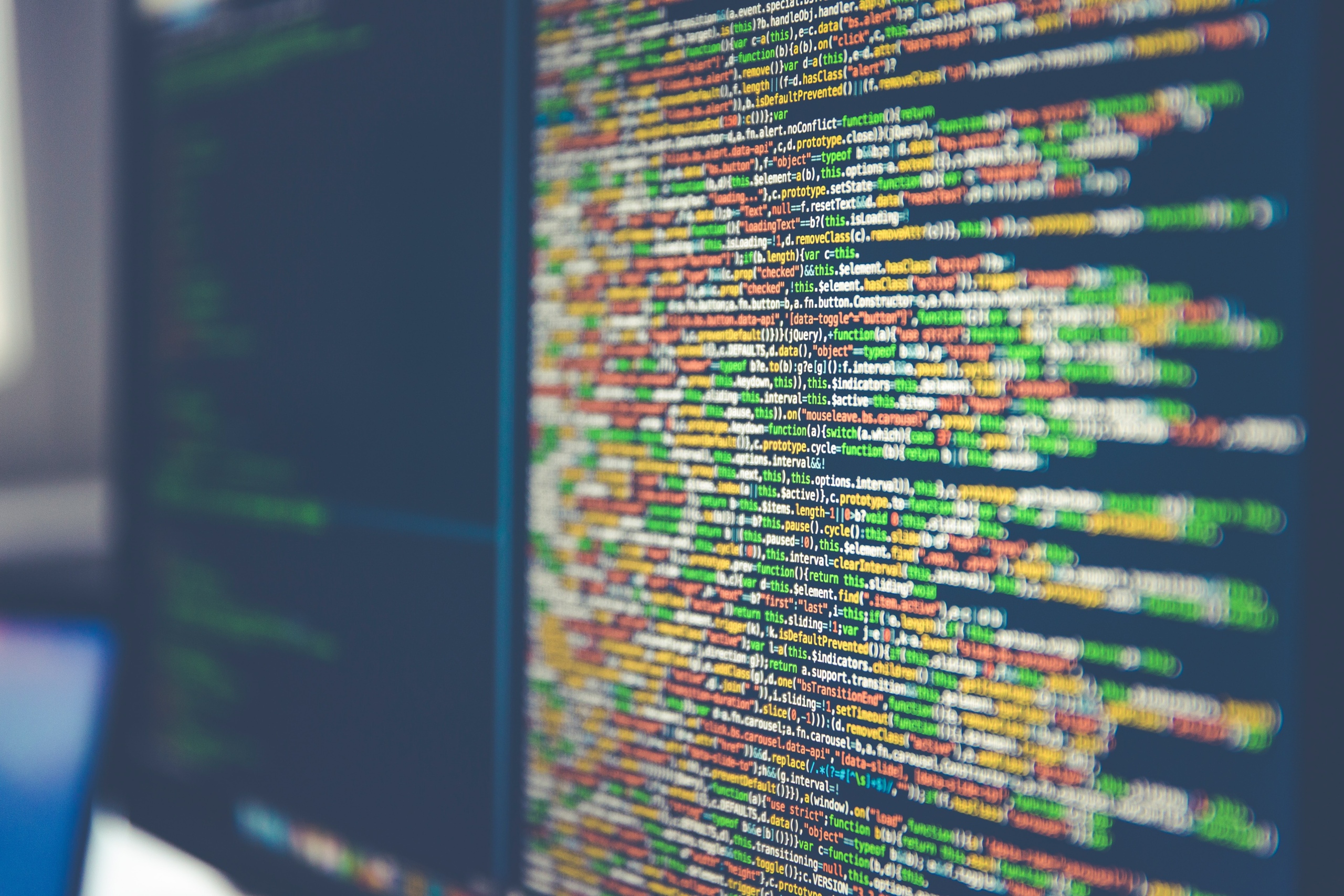For Stabilizer introduction:
The incorporation of microprocessor chip technology and power electronic devices into the design of smart AC voltage stabilizers (or automatic voltage regulators (AVR)) has resulted in the production of high-quality, stable electrical power supply in the event of significant and continuous deviation of the voltage of the mains.
Modern innovative stabilizers use high-performance digital control circuits and solid-state control circuits as an advance to conventional relay type voltage stabilizers, eliminating potentiometer adjustments and allowing the user to set voltage requirements through a keypad, with start-up and stop facilities.
This also resulted in making the stabilizers’ trip timing or responsiveness to a very low rate, typically less than a few milliseconds, besides this can be adjusted with the variable setting. Nowadays, stabilizers have become an optimized power solution for many electronic devices that are sensitive to voltage fluctuations and have found that they work with many devices, such as CNC machines, air conditioners, television sets, medical appliances, computers, telecommunications equipment, etc.
What is a Stabilizer for Voltage?
It is an electrical appliance designed to deliver a constant voltage to a load at its output terminals irrespective of input changes or incoming supply voltage. It protects the computer or machinery against overvoltage, under-voltage, and other spikes in voltage.
Often known as automatic voltage regulator ( AVR). For expensive and precious electrical devices, voltage stabilizers are favored to protect them from dangerous changes in low/high voltage. Some of such facilities are air conditioners, offset presses, laboratory equipment, construction machinery, and medical devices.
Voltage stabilizers control the fluctuating input voltage until it can be fed to the load (or system that is prone to variations in voltage). The stabilizer output voltage will remain within the range of 220V or 230V for single phase supply and 380V or 400V for three-phase supply, within the given fluctuating input voltage range. This regulation is buck-and-Boost internet circuitry operations.
There are large varieties of automated stress regulators on the market today. These can be single or tri-phase units, depending on the type of application and capacity (KVA) required. Three-phase stabilizers show up as balanced load models and unbalanced load models in two variants.
These are available either as dedicated units for appliances or as a big stabilizer unit for whole appliances in a particular place, say the whole house. In addition, these can be either analog or digital types of stabilizer units.
Common types of voltage stabilizers include manually operated or switchable stabilizers, automatic relay-style stabilizers, solid-state or static stabilizers, and servo-driven stabilizers. In addition to the stabilization function, most stabilizers come with additional features such as low-voltage input/output cut-off, high-voltage input/output cut-off, overload cut-off, output start and stop Setup, manual / autostart, tension cutoff monitor, zero voltage switch, etc.
Why Do Voltage New Stabilized?
Generally, each and every electrical system or equipment is equipped for a broad range of voltage inputs. Depending on the sensitivity, the equipment’s operating range is limited to specific values, for example, some equipment can tolerate ± 10 percent of the rated voltage while others can tolerate ± 5 percent or less.
The voltage fluctuations (rise or fall of the rated voltage magnitude) are very common in many areas, especially at the terminated lines. Lighting, electrical faults, faulty cabling, and periodic turn-off of the device are the most common reasons for voltage fluctuations. Such variations make electrical devices or appliances mishap.
This will result in a long time overvoltage
Permanent Equipment Damage
Harm to windings from insulation
Unwanted shutdown in load
More cable and related equipment losses
Apparatus life de-rating
The effect will be long periods under voltage
- Equipment malfunctions
Longer working hours (such as with resistive heaters)
Reduced Equipment Performance
Drawing large currents which further heat up
Computer errors
Reduced Engine speed
Therefore the voltage stability and accuracy determine the equipment’s proper operation. Thus voltage stabilizers ensure that the changes in voltage at the incoming power supply do not affect the load or electrical equipment.
How does voltage stabilizer work?
Basic voltage stabilizer principle to perform buck and boost operations
The voltage correction from over and under-voltage conditions is performed in a voltage stabilizer through two critical operations, namely boosting and buckling operations. Such operations may be performed through switches manually, or by electronic circuitry automatically. Condition, boost operation increases the voltage to a rated level, while buck operation reduces voltage overvoltage.





